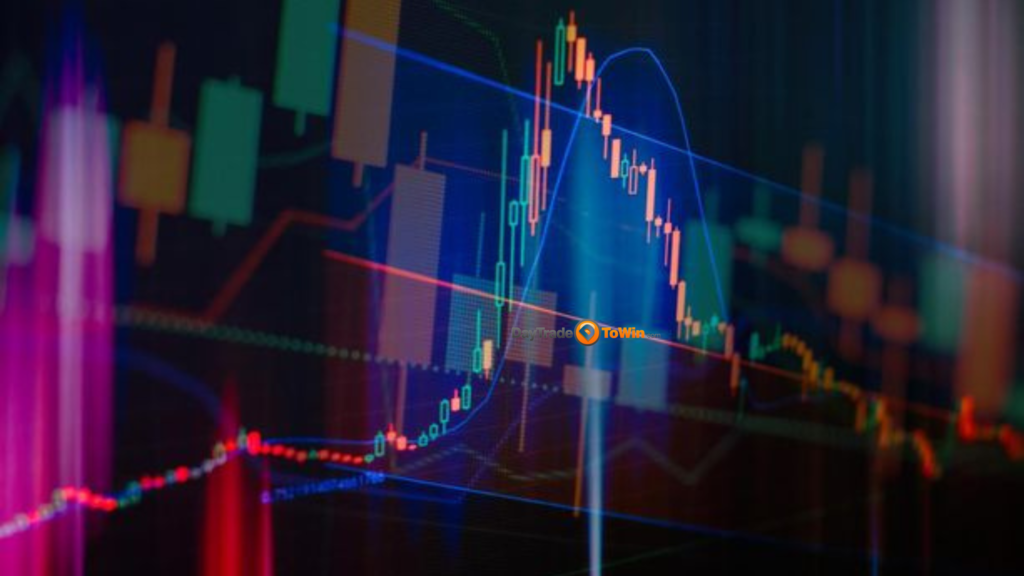
- The stock market’s volatility gauge is indicating a trough in the S&P 500.
- Futures for the CBOE Volatility Index are showing more uncertainty about the near term than the longer term.
- This inversion of the futures curve, known as “backwardation,” is typically associated with low points in the stock market.
The CBOE Volatility Index, or VIX, is widely considered a fear gauge for the market and is currently sending an unusual signal that suggests a potential low point in stocks.
This situation reflects heightened anxiety about the stock market’s direction, influenced by concerns about a recession, a turbulent bond market, and increasing geopolitical risks.
On the other hand, contrarian investors may interpret this as a sign that the market has reached its lowest point, which could present a buying opportunity.
In September, the volatility index was at post-pandemic lows, indicating a strong bull market and reduced recession fears. However, recent events, including geopolitical tensions and bond market volatility, have introduced fresh uncertainty into the market.
Credit volatility has also increased, remaining above pre-pandemic levels, according to Apollo chief economist Torsten Sløk’s recent note.




